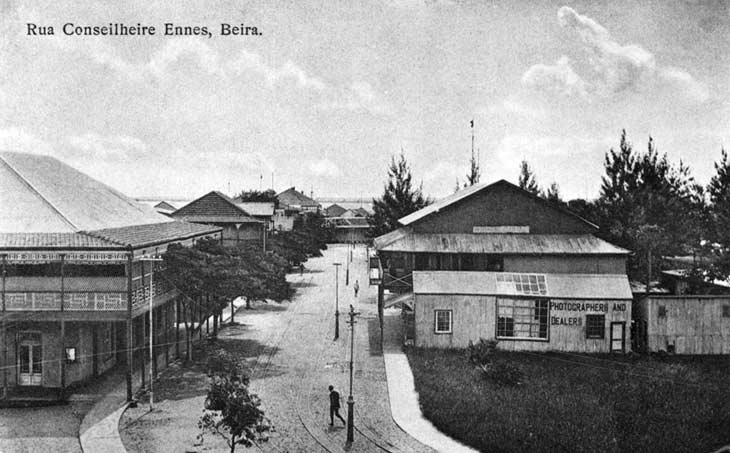Shankar's solo crossing of the Kalahari would have gone down in song and legend, if he had indeed done so in real life. Indeed, there are quite a few people who have actually done so and lived to tell the tale. William Leonard Hunt is supposedly the first white man to cross the Kalahari on foot and survive, at least according to Wikipedia
here. Also known as the Great Farini, here's a fetching picture of the man with two pieces of arm candy; whether before or after his Kalahari crossing is not known.
At some point in time, perhaps not too long ago, crossing the Kalahari must have been one of those feats which must have been ranked along with climbing the Everest as one of five most foolhardy things to do. No longer, I guess. Nowadays, a few hundred people are climbing the Everest every suitable day, and judging from the books that get written after these expeditions, the route up the mountain on a bright Sunday morning must be sporting a traffic jam up and down the South Col.
Crossing the Kalahari is now a slightly more difficult journey than a walk in the park. Consider
this; the author of Lone Journeys writes as follows:
"In February 1997, after travelling through South Africa and arriving in Windhoek, Namibia's capital, by bus from Capetown, I enquired about the possibilities of a desert trek in Windhoek's central tourist office. I did not seem to have any luck because distances are fast and transport is rare for that part of the world. Additionally, whilst the lonely landscape appeals to some, overall the Kalahari is not known to have many points of interest and therefore is not the destination of mainstream Africa excursions. Furthermore, the usual Africa traveller wants to see wildlife and in that regard the Kalahari does not offer as much as other areas.
"However, just as I was leaving the tourist office, a staff member who had overheard my request called me back. Apparently he knew of a small adventure travel company that had just taken possession of some new vehicles and wanted to test them in a Kalahari crossing. Needless to say, he arranged the contact and several days later, on 19 February, I joined two drivers on an adventure trip through the desert. Our route was to take us into Botswana and then across the Kalahari via the northern track towards Maun and the Okavango Delta.


After a gigantic scenic drive with a very remote feeling, some game viewing (mostly antelopes, gemsboks, springboks and even one lion) and a spectacular sunset we overnighted in Ghanzi. Ghanzi which sits on a lime stone ridge was once famous for cattle ranching. Now it is a popular rest stop when crossing the Kalahari. Indeed, lodging and dinner were excellent at the Kalahari Arms Hotel.
The next day we headed to the Danish run Ghanzicraft Cooperative, an outlet for local crafts people, and I met with bushmen, their wives and their children at the local school. As we approached Maun, I felt sorry to leave this unspoilt African wilderness, especially since I noticed that the new Trans Kalahari Highway, built largely with German money, was almost completed. It seemed I had crossed this incredible desert just in time."
And now with the Trans Kalahari Highway, it must be really a longish drive in someone's SUV, perhaps no more fraught than the drive from Mumbai to Pune.
Oh how are the mighty humbled!














